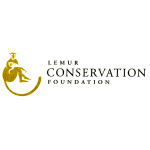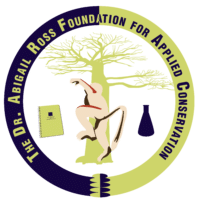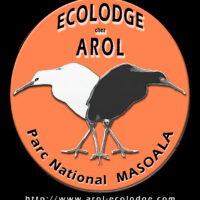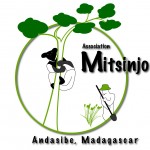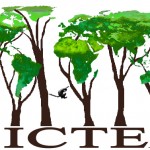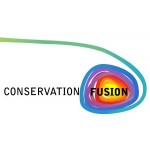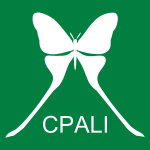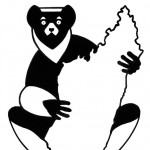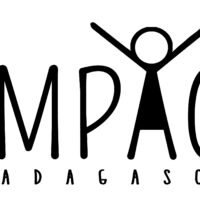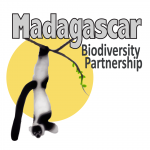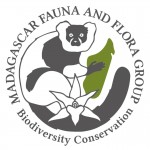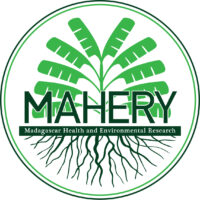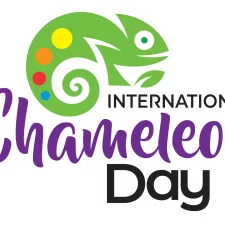Narrow conservation organizations and research groups by lemur species, what they do, and where they work in Madagascar.
- Lemurs they support
- Conservation work
- Community support
- Location
-
Lemur Conservation Foundation
Supporting Member of LCNThe Lemur Conservation Foundation is part of the Species Survival Plan through managed breeding at their reserve in Florida. In Madagascar, they support education programs and a tourist and research camp in Anjanaharibe-Sud Special Reserve, home to silky sifakas and indri.
-
The Dr. Abigail Ross Foundation for Applied Conservation (TDARFAC)
Supporting Member of LCNTDARFAC’s mission is to solve critical conservation problems by cultivating new approaches with innovative techniques and applications through the support of community-led initiatives. We focus on building capacity, amplifying voices, and partnering with local communities.
-
Arol Ecolodge
We develop sustainable tourism and run an ecolodge near Masoala National Park, where we support the community school and conduct reforestation to support northern bamboo lemurs.
-
Aspinall Foundation
The Aspinall Foundation partners with local communities to implement effective, targeted conservation actions to protect a small number of high priority lemur species and their habitats, including greater bamboo lemurs, black-and-white ruffed lemurs, and indri.
-
Association Mitsinjo
Association Mitsinjo was created in 1999 by the residents of Andasibe village, and manages the forest station at Analamazoatra Special Reserve.
-
Centre ValBio & the Institute for the Conservation of Tropical Environments
ICTE and Centre ValBio focus the world’s attention on Madagascar’s lemur crisis through targeted research, conservation, and capacity building. Their research station at the edge of Ranomafana National Park enables long term research and collaboration with the local community.
-
Conservation Fusion
Conservation Fusion conducts education programs with communities in northern (Antsiranana), eastern (Alamazaotra and Kianjavato), and southern Madagascar (Lavavolo).
-
CPALI: Conservation through Poverty Alleviation International
Conservation through Poverty Alleviation International (CPALI) applies a community-centered approach to conservation, helping impoverished communities farm and transform native resources to create sustainable enterprises.
-
Durrell Wildlife Conservation Trust (American Friends of Durrell)
The Durrell Wildlife Conservation Trust (DWCT) has been conducting conservation in Madagascar since 1983. The American Friends of Durrell support the Alison Jolly Madagascar Scholarship and cover the core costs of all of Durrell’s projects in Madagascar, including those in Lake Alaotra.
-
GERP: Groupe d’étude et de recherche sur les primates de Madagascar
With nearly 200 Malagasy members, including scientists and primatologists, GERP works with local communities to conserve lemurs and manages the Maromizaha forest in eastern Madagascar.
-
Impact Madagascar
IMPACT Madagascar works in 5 sites across Madagascar to conserve Madagascar’s unique biodiversity while improving the lives of its people. Their projects range from ecological conservation to training and education, from recycling to construction.
-
Madagascar Biodiversity Partnership (MBP)
The Madagascar Biodiversity Partnership (MBP) incorporates research, education and community involvement to achieve sustainability in four regions of Madagascar. In Kianjavato, they have planted over 6 million trees in partnership with local communities!
-
Madagascar Fauna and Flora Group
The Madagascar Fauna and Flora Group (MFG) unites organizations around the world to conserve Madagascar’s wildlife. With funding from its many partners, the MFG manages Parc Ivoloina and the Rendrirendry Research Station at Betampona Natural Reserve.
-
MAHERY at Harvard University
Since 2004, MAHERY has been researching the intersection of environmental health and human health, often centered on estimating the role of bushmeat hunting in decimating local wildlife populations and influencing human nutrition and food security.
-
Man and the Environment: Net Positive Impact Program
Man and the Environment’s Net Positive Impact partners with local community organizations in three forests is to ensure long-term forest and lemur conservation and provide sustainable economic activities.

